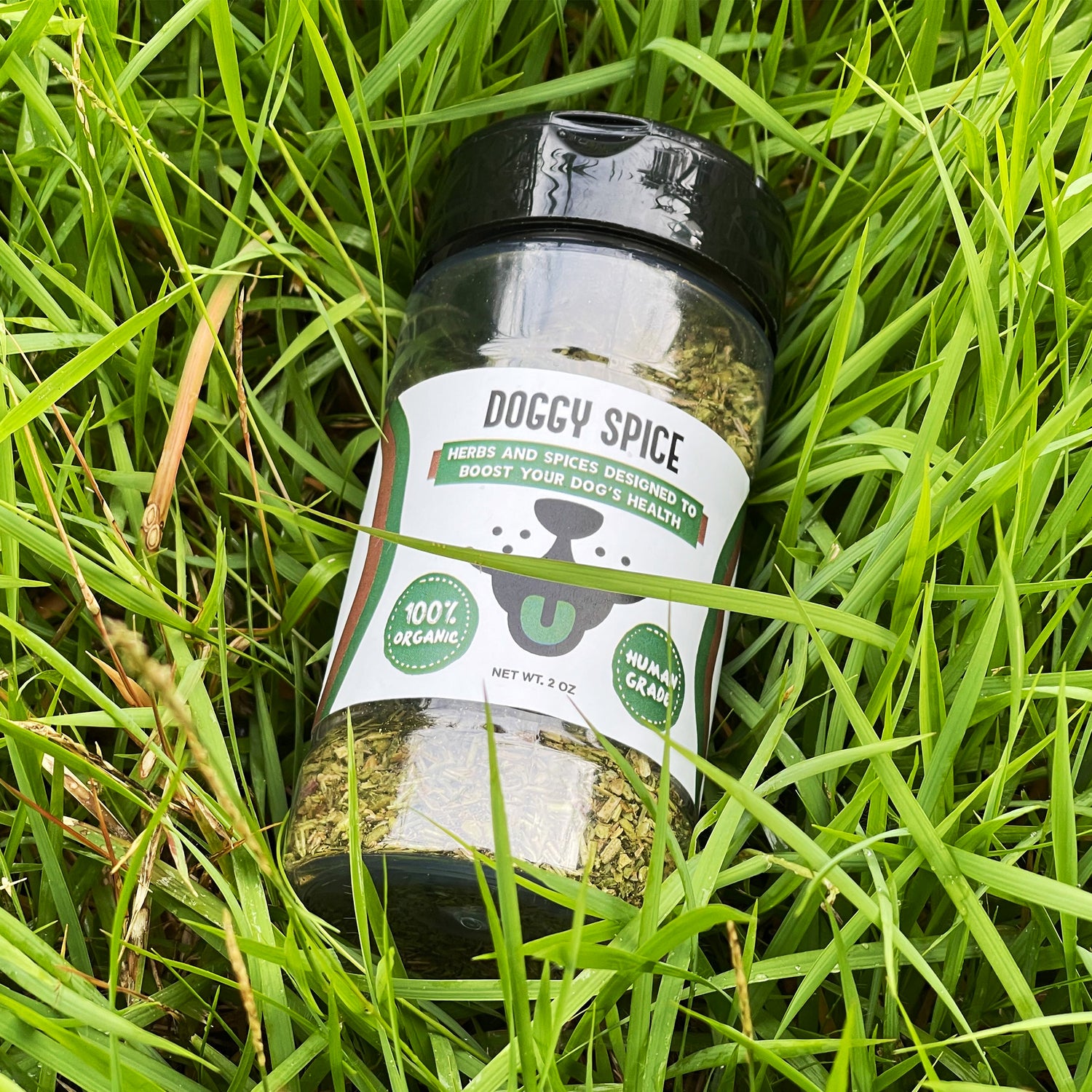
How to Teach Your Dog to Love Taking Baths
Share
Introduction
Bath time can be a challenging experience for many dog owners. While some pups love splashing in the water, others may run and hide at the mere mention of a bath. However, with the right approach, you can transform bath time from a dreaded chore into a bonding experience your dog will enjoy.
This guide will show you step-by-step techniques, tips, and tricks to make bath time stress-free for both you and your furry friend. 🐶💦
Why Do Dogs Dislike Bath Time?
Understanding why your dog might dislike baths is the first step to changing their perspective:
- Fear of Water: Dogs unfamiliar with water may find it intimidating.
- Negative Past Experiences: A stressful or uncomfortable bath experience can create lasting anxiety.
- Unfamiliar Environment: Slippery surfaces, strange sounds, and unfamiliar smells can make your dog uneasy.
- Sensitivity to Products: Harsh shampoos or water temperature can cause discomfort.
Preparing for a Successful Bath Time 🧼🐕
Preparation is key to making bath time a pleasant experience. Follow these tips to set the stage for success:
-
Choose the Right Environment
- Opt for a quiet, calm space free of distractions.
- Use a non-slip mat to prevent slipping.
- Ensure the water temperature is lukewarm—neither too hot nor too cold.
-
Gather Supplies Ahead of Time
- Dog-specific shampoo (avoid products with artificial scents or harsh chemicals).
- A cup or handheld sprayer for rinsing.
- Soft towels and a brush for post-bath grooming.
- Treats or toys for positive reinforcement.
-
Introduce the Bath Area Gradually
- Let your dog explore the area without pressure.
- Use treats or toys to create a positive association with the bath space.
Steps to Teach Your Dog to Enjoy Bath Time
-
Start Slow
Begin with small steps to desensitize your dog:
- Place your dog near the tub or shower without turning on the water.
- Reward calm behavior with treats and praise.
- Gradually progress to getting your dog into the tub.
-
Positive Reinforcement is Key
- Offer high-value treats (like small pieces of chicken or peanut butter) throughout the process.
- Use a calm and soothing voice to reassure your dog.
-
Introduce Water Gradually
- Start by wetting only their paws or legs with a damp cloth.
- Slowly move to rinsing their body, avoiding the face and ears initially.
-
Keep the Bath Short and Fun
- Aim for a quick but thorough bath to avoid overstressing your dog.
- Incorporate toys or playtime to make the experience enjoyable.
-
End on a Positive Note
- Dry your dog gently with a towel (or a pet-safe dryer if they’re comfortable).
- Offer a favorite treat or toy as a reward.
- Praise your dog for their cooperation.
The Benefits of Regular Baths for Dogs
- Improved Hygiene 🧴
- Removes dirt, allergens, and bacteria from your dog’s coat.
- Healthier Skin and Coat 🐩
- Prevents skin conditions, reduces shedding, and promotes a shiny coat.
- Odor Control 🌸
- Regular baths help your dog smell fresh and clean.
"Positive reinforcement training methods have been proven to reduce anxiety in dogs during grooming and bathing, leading to a more cooperative and enjoyable experience."
— American Veterinary Society of Animal Behavior (2023)
How to Introduce Bath Time to Puppies and Rescue Dogs
Introducing bath time to puppies or rescue dogs can be a delicate process. Both groups may be new to the experience, and making it positive from the start is crucial. Here's how to set them up for success:
Baths for Puppies 🐾
- Start Early but Slowly: Introduce water gradually to help puppies get used to the sensation without overwhelming them. Use a damp cloth for cleaning initially.
- Positive Reinforcement: Offer treats, toys, and praise during the process. Ensure bath time feels rewarding.
- Short Sessions: Keep baths brief to avoid overstimulation, especially for puppies under six months.
- Use Puppy-Friendly Products: Select gentle, puppy-safe shampoos that won't irritate sensitive skin.
Baths for Rescue Dogs 🐶
- Create a Trusting Environment: Rescue dogs may associate bath time with past trauma. Spend time building trust with gentle handling and affection.
- Test the Waters: Allow them to explore the bathing area before starting. Place treats or toys near the tub to make it inviting.
- Go at Their Pace: Be patient. It might take several attempts before they feel comfortable.
- Seek Professional Help if Needed: If the dog shows extreme fear, consult a professional trainer or groomer for guidance.
Introducing bath time positively ensures that both puppies and rescue dogs develop trust and confidence in their new environment. This foundation will make future grooming experiences enjoyable for both you and your dog.
Teaching Dogs to Love Baths Frequently Asked Questions (FAQ) 🧐
How often should I bathe my dog?
Most dogs benefit from a bath every 4–6 weeks. However, dogs with oily coats or skin conditions may need more frequent baths.
What is the best shampoo for dogs?
Use dog-specific shampoos that are free of sulfates, parabens, and artificial fragrances. Oatmeal-based shampoos are great for sensitive skin.
Can I bathe my dog if they’re afraid of water?
Yes! Gradual desensitization and positive reinforcement can help your dog become more comfortable over time.
How do I prevent my dog from shaking off water during the bath?
Keep one hand on your dog and work quickly. Towel drying immediately after rinsing can also help.
What if my dog hates the blow dryer?
Let your dog get used to the sound of the dryer gradually. Use the lowest heat setting and keep it at a safe distance.
Top Herbs and Spices to Keep Your Dog Healthy All Year 🌿
- Cleavers (Galium Aparine) - Supports lymphatic health
- Rosemary- Antioxidant-rich
- Dandelion Greens - Provides vitamins A, C, and K
- Basil - Calming properties
- Peppermint - Aids digestion
- Celery Seeds - Anti-inflammatory benefits
- Dill - Rich in antioxidants
- Oregano - Immune-supporting
- Parsley - Supports fresh breath
- Thyme - Immune booster
- Ginger - Soothes stomachs
- Tumeric - Anti-inflammatory properties
These herbs and spices can easily be incorporated into your dog’s meals with Doggy Spice to promote overall well-being. 🌱
Common Dog Bathing Mistakes to Avoid 🚫
- Using Human Shampoo
- Dog skin has a different pH level than human skin, making human shampoos unsuitable and irritating.
- Bathing Too Often
- Overbathing can strip your dog’s coat of natural oils, leading to dry skin.
- Neglecting the Ears
- Keep water out of your dog’s ears to avoid infections. Use cotton balls to block water. Learn more about how to clean your dog's ears.
- Rushing the Process
- A rushed bath can stress your dog and make future baths more difficult.
Conclusion
Teaching your dog to enjoy bath time takes patience, preparation, and positive reinforcement. By creating a calm environment, introducing water gradually, and rewarding your dog, you can turn bath time into a fun and stress-free routine. Your furry friend will look forward to their baths, making life easier for both of you. 🐾💧
References
- American Veterinary Society of Animal Behavior. (2023). Positive Reinforcement in Dog Grooming. Retrieved from avsab.org.
- American Kennel Club (AKC). (n.d.). How to Bathe Your Dog. Retrieved from akc.org.
- Veterinary Centers of America (VCA). (n.d.). Dog Bathing Basics. Retrieved from vcahospitals.com.

